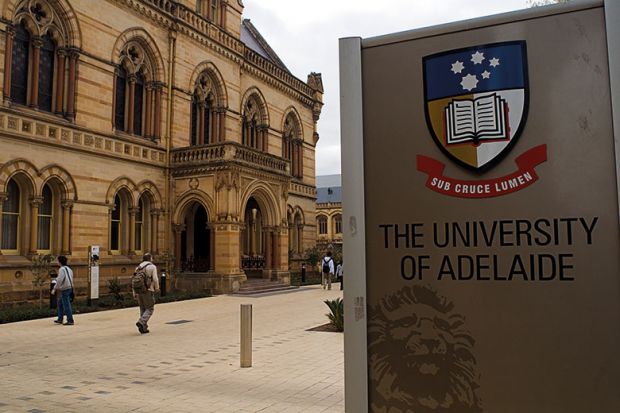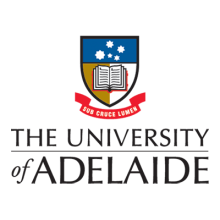Size matters for Australian universities targeting rankings glory with a merger, say the bosses of the two prospective partners.
A new discussion paper on the mooted union of the universities of Adelaide and South Australia says that the sheer scale of the resulting institution – that would be Australia’s fifth biggest – could deliver a rankings bonanza. “[Its] increased size and performance could position it among the most highly ranked, high-impact universities,” the paper says.
If it proceeds, the merger will transform two mid-sized institutions into a single university with about 60,000 students.
Adelaide is Australia’s eighth-ranked university, at joint 134th in the Times Higher Education World University Rankings 2018, with the University of South Australia rated below it in the 201 to 250 band. The discussion paper, by consultants Nous, predicts that the combined institution would leapfrog the University of Western Australia, currently in joint 111th place, to become Australia’s seventh highest-ranked institution.
Talks on a merger began in June, as THE reported, but have moved forward with the discussion paper, which says that the South Australian institutions can learn from international examples of mergers in the past decade. The University of Manchester, created by the merger of the Victoria University of Manchester with the University of Manchester Institute of Science and Technology in 2004, is the only one of the four credited with a major rankings improvement.
David Lloyd, the University of South Australia’s vice-chancellor, said: “There is no template for what we’re attempting – there hasn’t been a merger of this scale on the global stage. In many ways, it’s breaking new ground.”
He added that in terms of previous mergers, the “biggest one we can see is probably Manchester, and the institution that was formed is considerably smaller than our two organisations [put together]”.
He said that a merger could boost course choice and exploit the institutions’ complementary strengths, such as medicine at Adelaide and allied health at the University of South Australia. “More rational” use of infrastructure could free up millions of dollars for discretionary spending on research or other activities, he added, while stressing that the proposal was not envisaged as a “cost-saving exercise”.
Peter Rathjen, Adelaide’s vice-chancellor, explained part of the thinking behind the plan by saying that research output was a key determinant of rankings and Australia was unique in that it did not fully fund its research – forcing institutions to cross-subsidise it from other sources.
“The reason Australia doesn’t have a university like Oxford or Harvard is that no one’s found a way to build one here,” he said. “If you want to do a lot of research, you’ve got to fund it from some source of revenue, and in the Australian context that’s normally student revenue, in part because philanthropy’s not particularly mature here yet.”
The discussion paper also suggests that the new institution’s scale could attract more international students. Confidential data obtained by THE show that overseas enrolments have grown only modestly at the two universities, rising by about 1,200 at Adelaide and 170 at the University of South Australia over the past three years.
POSTSCRIPT:
Print headline: Alliance ‘could redraw rankings’
Register to continue
Why register?
- Registration is free and only takes a moment
- Once registered, you can read 3 articles a month
- Sign up for our newsletter
Subscribe
Or subscribe for unlimited access to:
- Unlimited access to news, views, insights & reviews
- Digital editions
- Digital access to THE’s university and college rankings analysis
Already registered or a current subscriber? Login












